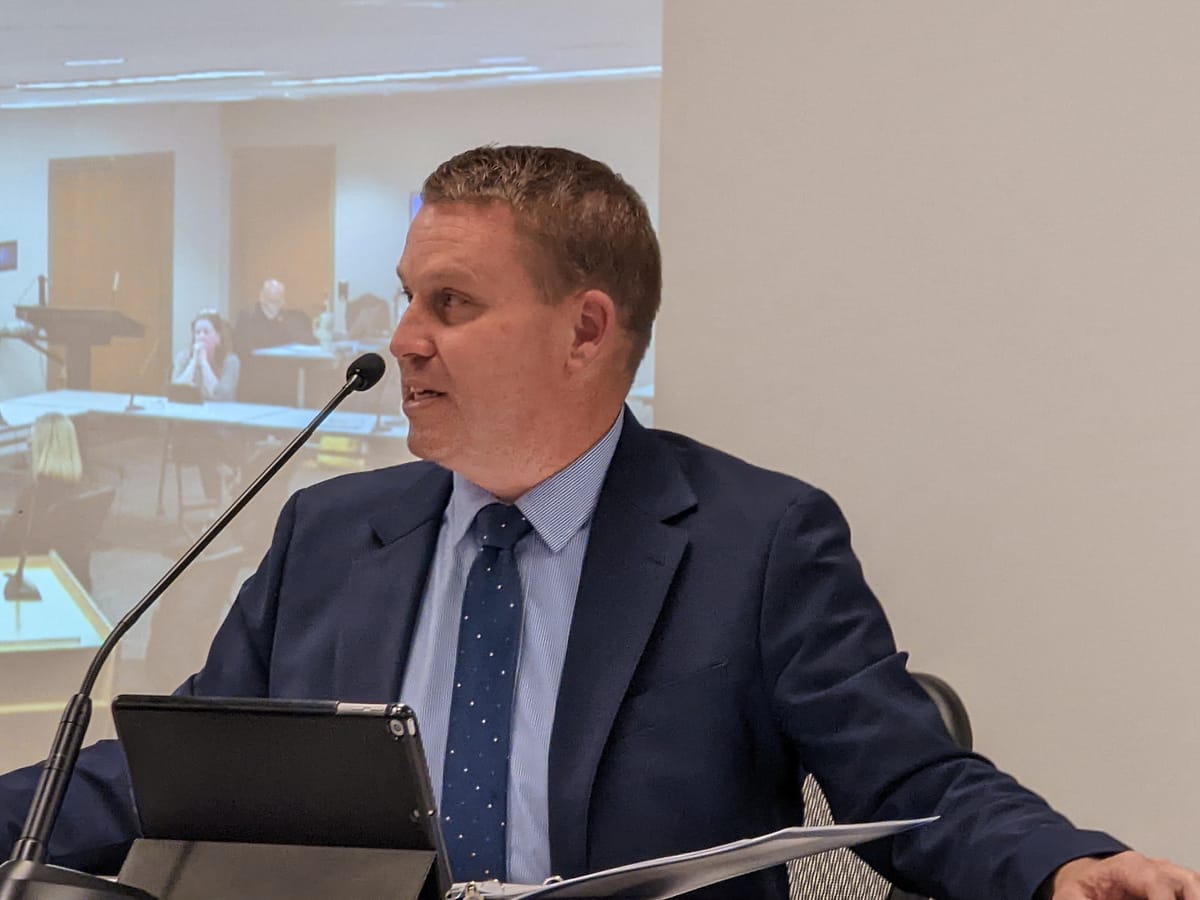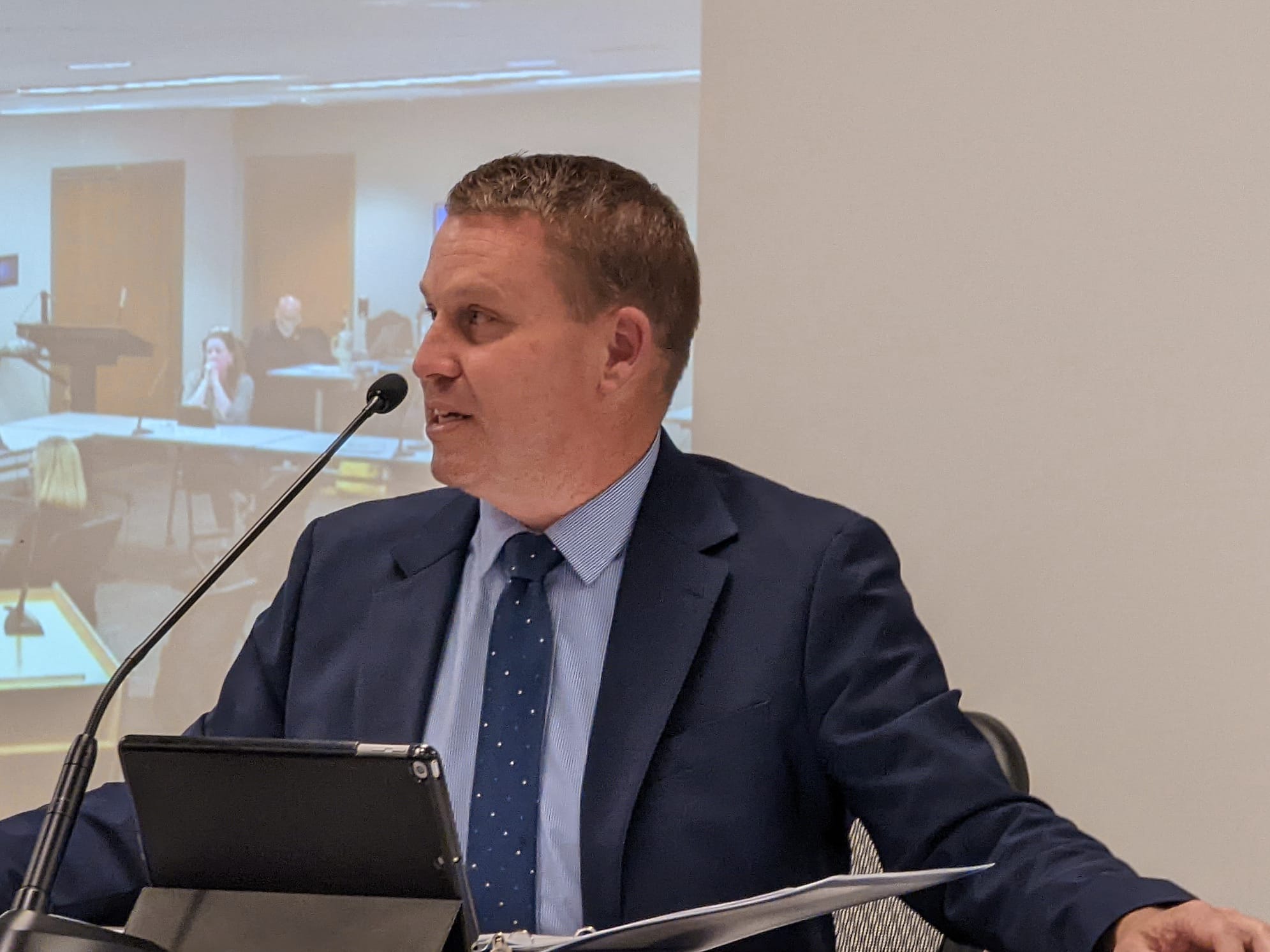8.5-cent property tax increase for early childhood ed mulled by MCCSC board, public outreach on May 24



No referendum to increase property taxes has yet been placed on the Nov. 7 ballot by the Monroe County Community School corporation board.
But at its Tuesday night meeting, the board voted unanimously to pass a resolution authorizing district superintendent Jeff Hauswald to consult with Monroe County auditor Cathy Smith about the calculations that would go into increasing MCCSC’s property tax rate by 8.5 cents.
A press release issued immediately following the board’s meeting says, “In the November 7th election, MCCSC expects to ask voters to approve the rate not to exceed $0.085 per $100 of assessed property value.”
The revenue generated by the additional tax would go towards early childhood education for 3-to-5-year-old children, as well as other initiatives to make education more accessible.
The other initiatives include free instructional technology, supplies, and consumables for all students. Also made free would be Advanced Placement (AP) exams and tests that are needed for workplace certificates. The additional revenue would also mean free career education, including tuition, testing, supplies, and associated fees.
To lay out details of the potential referendum and to get feedback from the public, MCCSC is hosting a meeting at 6 p.m. on Wednesday (May 24) at the MCCSC Co-Lab at 553 E. Miller Drive, which is the regular board meeting location.
MCCSC board president Brandon Shurr said, “I hope that as many people as possible can come to the meeting tomorrow.” Shurr added that the meeting would also be broadcast on the district’s Youtube channel.
After Tuesday’s board meeting, Hauswald indicated to The B Square that the tax rate for the district’s debt service fund will drop off a bit, which would, if the referendum passes, make for a net increase of just around 4 cents.
In the press release, Hauswald is quoted saying that based on a 4-cent net tax increase, the owner of a house with assessed value of $250,000 could expect to pay about $50 more a year in school taxes.
In November 2022, voters in the MCCSC district approved an 18.5-cent referendum tax rate to replace the 9-cent rate, which was expiring. MCCSC’s 2022 referendum passed with 68.6 percent of voters (21,860) saying yes to the increase. Opposing the 2022 referendum were 31.4 percent (10,014) of voters.
The referendum now being contemplated for a vote on Nov. 7, 2023 would increase the referendum rate by another 8.5 cents—which would, all other things being equal, bring the total rate levied by the district to 77.95 cents. But not all other things are equal.
One of the variable factors is the amount of the revenue that the 2022 referendum rate of 18.5 cents will generate in 2024. The impact of HB 1499, which was passed by the General Assembly during this year’s legislative session, is to limit the pace of the levy’s growth. HB 1499 says that the levy amount from referendums cannot increase more than 3 percent over the previous year.
That means the 18.5 percent rate approved by MCCSC voters in 2022 will effectively be ratcheted down to about 16.75 cents in 2024, Hauswald told The B Square.
What is the arithmetic behind MCCSC’s estimate of a roughly $50 impact on the owner of a $250,000 house, if the tax increase is effectively around 4-cents?
Property tax rates in the Hoosier state are expressed as a number of cents of tax per $100 of assessed value. To calculate the impact of a 4-cent tax increase on the owner of a house with an assessed value of $250,000, the first step is to calculate the net assessed value of the house—that’s the amount to which the tax actually applies.
The standard homestead deduction is either 60 percent of the property’s assessed value or a maximum of $45,000, whichever is less. For a $250,000 house, 60 percent works out to $150,000, which means the standard homestead deduction is $45,000.
A supplemental deduction of 35 percent is applied to the remaining assessment, after the standard homestead deduction is subtracted. Here’s the math:
0.35*($250,000 – $45,000) = $71,750
Subtracting both the standard homestead deduction and the supplemental deduction gives the net assessed value:
$250,000 – $45,000 – $71,750 = $133,250
To apply a 4-cent tax to $133,250 means crunching this:
.04/100 * $133,250 = $53.30
Hauswald told The B Square that what he hears from the business community is that childcare and early childhood education factor into the strength of the workforce.
A lot of families can’t afford early childhood education, which means they stay home, instead of joining the workforce, Hauswald said. Hauswald added that he thinks the referendum will have strong support from the business community.
A vote by the board would be required in order to put a referendum on the ballot. That could come as soon as a June board meeting. But based on state election law, the board has until August 1 to certify to the county election board that the referendum should be placed on the ballot.




Comments ()